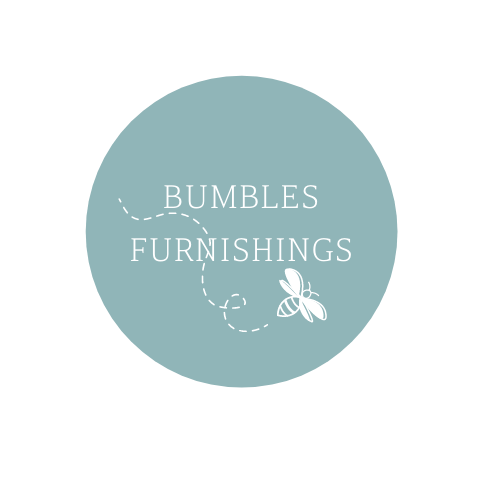Our pollinators are increasingly under threat due to a decline in their natural habitats, climate change, and pollution. We can help them by planting nectar-rich flowers (in particular wildflowers), mowing our lawns less, and leaving a small part of our garden to go wild. A tidy garden is not always a pollinator-friendly one.
To help them further, we can position safe havens and places for them to live and lay around our outside spaces. I have developed a series of boxes and houses for bees, butterflies, and birds to help enrich the mini ecosystem that is your garden.
Bird Boxes
Less trees and hedges mean less nesting spaces for our native birds. They are wonderful supporters of the small garden, spreading seeds, and keeping down pests such as snails and slugs. Position high up out of the reach of cats and other predators, with the entrance facing south. Be prepared to welcome tits, finches, sparrows, robins, and wrens.
Tree bumblebees often take up residence in birdboxes so make sure your box is situated well away from busy places in the garden if this is a problem to you.
Solitary Bee Hotel
I make two types of bee hotel to suit different budgets, but both serve the same purpose.
A bee hotel provides a safe place for solitary bees to lay their eggs and provide for their young. It aims to mimic their natural habitat, such as holes in wood or the hollow stems of some plants.
During laying season, a solitary bee will lay her egg along the narrow-drilled cavity, lay down pollen and nectar alongside to provide a food source for the grub when it hatches, then seal the cell with dirt. She will continue thus along the cavity until it is full. The eggs will hatch and pupate, then the young (fully formed adult) bee emerges the following spring ready for the new season. A laying solitary bee will lay males nearest to the entrance, so they emerge first and are ready to mate.
Position your bee hotel on a sheltered wall in full sun, preferably close to a supply of pollen and nectar. Solitary bees love a wildflower garden.
You may be lucky enough to see mining bees, carder bees, leaf-cutter bees, and yellow-faced bees to name a few.
Bumble Bee Boxes
As spring is the time Queen bumblebees are out looking for a new nesting site, I decided to add a bumblebee box to my collection of bee houses. The box is double-chambered with a tube entrance, and closely mimics the natural environment for some species of native bumblebee. Each nest comes complete with natural nesting material – the queen will arrange this as she sees fit. The lid is secured with a couple of screws to enable clearing of the nest box and replacement of the nest material after use. A nest is kept at a constant temperature of 32 degrees and the queen and her offspring will maintain this.
Make sure the nest is placed at ground level in a quiet and sheltered area of the garden. Avoid direct sun, partial shade is fine. Make sure it is sited in a position that won’t require that can remain undisturbed until the winter, when it can be cleaned out ready for the next season. Always replace the redundant nest with naturally occurring materials such as moss, kapok, horsehair, or hamster bedding.
Butterfly Houses
These pretty butterfly houses are designed to attract our native butterflies and are built with narrow slits to mimic the bark of a tree, to offer protection and shelter.
Place the butterfly house in a sunny sheltered spot around one to two meters off the ground, preferably near nectar-rich flowers as a food source. You can also entice butterflies into the house by placing a sponge (make-up sponge size) soaked in sugar syrup (1 part sugar to 4 parts water) on a small dish inside the box. Check the solution regularly for mould and change frequently.









